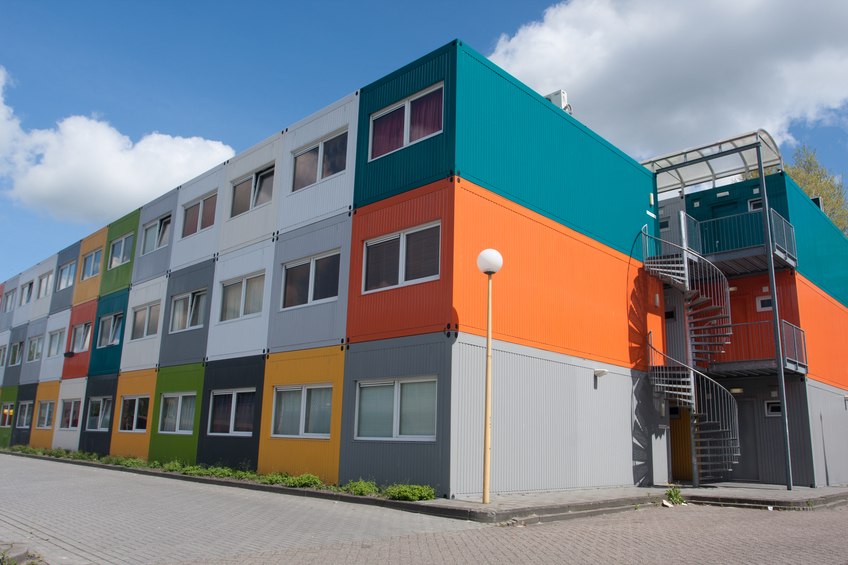Shipping containers are an extraordinary building material and have grown in popularity recently. They make an ideal structure for homes and office buildings, but there are many dos and don’ts you must follow when working with them. Have a read through these mistakes to avoid when working with them yourself.
Not doing enough research and pre-planning
As with many projects, many people start the work before doing enough research. Make sure you have thoroughly planned which materials you need, what you intend to do, and which workmen you will need. When getting quotes, find at least three different prices to ensure you’re getting the best deals.
Buying the wrong type of shipping container
You need to ensure you have the best quality and the correct type of shipping container, as this is the base and main structure of your new build. Regular containers are 8 foot 6 inches tall, whereas high cubes are 9 foot 6 inches tall. These taller containers are useful if you want to add insulation to the ceiling without losing headspace. Flintham Cabins provide a range of high quality shipping containers, so contact us to discuss your requirements.
Not looking into local planning permissions
No matter where you intend to construct your new building, there will always be rules and regulations. It is vital that you speak to the local council and ensure you follow all the procedures in place, in order to avoid any larger problems and issues later on.
Cutting too much steel out
Not only does cutting into and removing parts of the container cost money, but it also impacts on the structural integrity of the building. While some people choose to fit windows and doors, keep them to a minimum wherever possible to ensure the material remains strong and supportive.
Not insulating correctly
With a traditional brick building, you would normally use common insulation panels, but a shipping container requires different materials and techniques to be insulated properly. Not only do you need to keep the warmth in, but you will also need to prevent moisture from entering. A spray foam is best for this, as it creates a seamless vapour barrier. Condensation and damp will cause your container to rust, so ensure you have insulated the whole space thoroughly.
Building a container home, while an easy and affordable process, is not without its challenges. In order to create the perfect container home it’s vital that you do your research, so that you can avoid common mistakes – and enjoy your new home without added stress!



